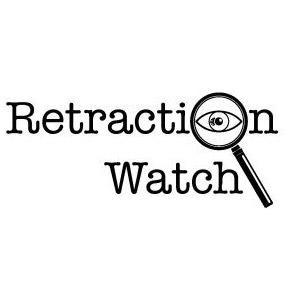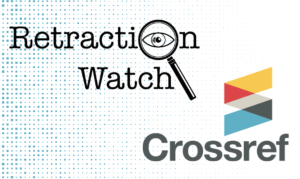Dear Retraction Watch reader:
Earlier this week, The Retraction Watch Database surpassed 45,000 retractions.
45,000.
That’s three times as many as you’ll find in other data sources. And in a recognition of the value of the Database, earlier this year Crossref acquired it – and made its contents freely available. The fact that the acquisition included five years of funding to cover the continued operation of the Database was critical to our sustainability. We were, in a word, overjoyed by the deal.
But the journalism side of Retraction Watch – the part that digs deep into stories about retraction and related issues, files public records requests, and occasionally faces legal threats – still needs regular sources of funding. At the moment, the salaries of our two reporter-editors – Ellie Kincaid and Fred Joelving – are funded by a combination of a generous two-year grant from the WoodNext Foundation, partnership with news outlets, and individual donations from readers like you.
In nonprofit parlance, we’ve diversified, but we always face the risk that one or more of those streams may dry up. We have a few ways you can help.
Continue reading A new way to support Retraction Watch this Giving Tuesday





